Disclosure: This article contains affiliate links. We may earn a commission from purchases at no extra cost to you, which helps our travel content.
There's something about northern European waters that speaks to my soul in a language all its own. Perhaps it's the thirty years I spent studying the Great Lakes that makes me feel an immediate kinship with cities built around water. Amsterdam's concentric canals and Stockholm's sprawling archipelago represent two distinct approaches to human settlement alongside water—one imposing geometric order, the other embracing natural chaos. After mooring my houseboat Second Wind in Valencia for the summer, I embarked on a 10-day journey to explore these northern aquatic marvels. What follows is my carefully charted course through these cities—a nautical chart of sorts for couples seeking to navigate these waters with purpose and pleasure, without sacrificing comfort or meaningful experiences along the way.
Days 1-2: Amsterdam's Historic Waterways
Landing in Amsterdam's Schiphol Airport feels like arriving at a modern port of call—efficient, organized, and surprisingly serene for its size. Rather than battle the taxi queues, I recommend arranging a private transfer to your accommodations. The city unfolds before you like nautical charts coming to life—concentric canals forming perfect arcs, each with its own character and story.
For your first two days, anchor yourself in the heart of the Jordaan district. I chose the Pulitzer Amsterdam, a luxury hotel comprised of 25 canal houses dating back to the Golden Age. My room overlooked the Prinsengracht, offering a front-row seat to the gentle ballet of boats passing by. The windows cracked open just enough to let in that distinctive Amsterdam air—a curious mixture of water, stone, and centuries of human habitation.
On your first morning, orient yourself with a private canal cruise. Skip the crowded tourist boats and opt for a smaller, more intimate vessel. I booked with Those Dam Boat Guys, whose skippers are often historians or architects by training. As we glided under stone bridges, my skipper Matthijs pointed out architectural details I would have missed—the hooks protruding from gable tops once used to hoist goods into merchant homes, the subtle tilt of buildings settling into the soft ground over centuries.
For dinner, make reservations at Restaurant De Kas, housed in a set of greenhouses dating from 1926. Much of what you eat is grown on-site, creating a farm-to-table experience that feels both luxurious and grounded. The seasonal tasting menu paired with Dutch wines was a revelation—I never expected such vibrant flavors from a country often overlooked for its cuisine.
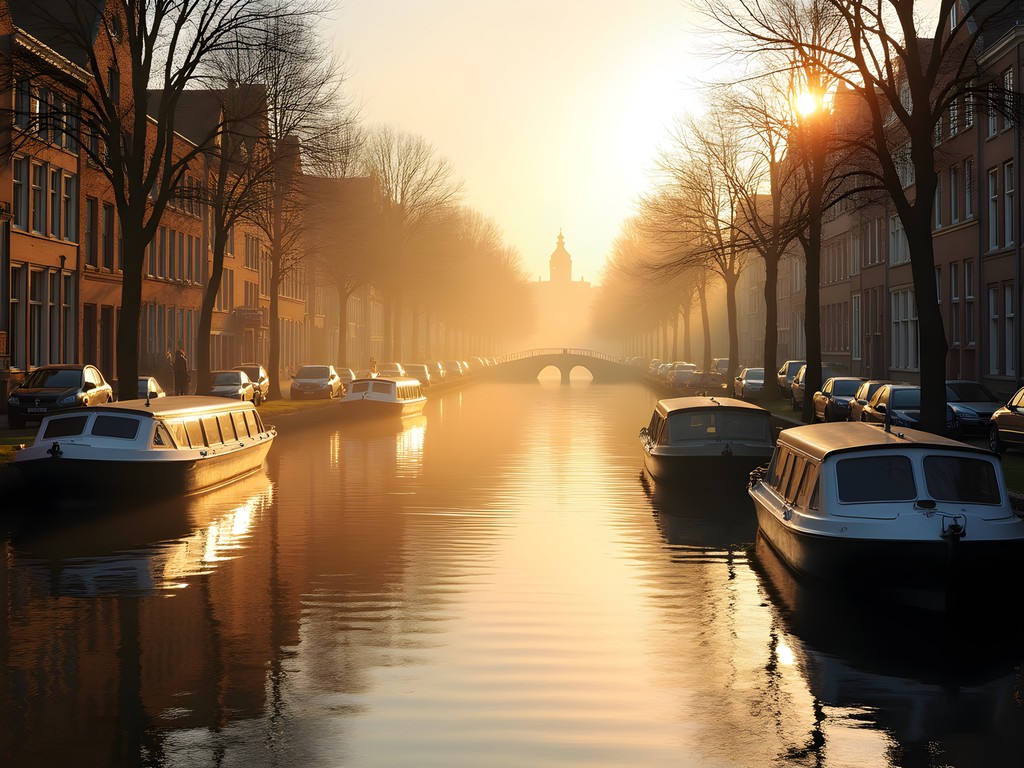
💡 Pro Tips
- Book canal house accommodations for the most authentic Amsterdam experience
- Arrange a private canal tour within your first 24 hours to orient yourself to the city's layout
- Carry a good waterproof map case for navigating Amsterdam's occasionally rainy conditions
Days 3-4: Cultural Immersion in Amsterdam
By your third day, you'll have your sea legs under you and be ready for deeper cultural exploration. Start with the Rijksmuseum, arriving when doors open at 9 AM. I spent nearly four hours navigating its collections, anchoring myself primarily in the 17th-century Dutch Masters section. Rembrandt's attention to light reminds me of those perfect moments on water when the sun breaks through cloud cover, illuminating everything with sudden clarity.
Afterward, walk to the nearby Van Gogh Museum. Book tickets in advance—the queues can stretch longer than a Great Lakes freighter. Van Gogh's swirling skies and vibrant colors remind me of certain underwater scenes I've photographed, where light and motion create similar patterns in marine environments.
For your fourth day, venture slightly off the typical tourist chart to the Amsterdam Maritime Museum (Het Scheepvaartmuseum). Housed in a former naval storehouse from 1656, it offers a comprehensive look at how the Netherlands built a global empire through maritime prowess. The replica of the East Indiaman Amsterdam ship moored outside is worth boarding—standing on its deck, you can almost feel the roll of ocean swells beneath your feet.
End your evening with dinner at Vuurtoreneiland (Lighthouse Island), a truly unique experience requiring advance booking. You'll board a boat from the city center and journey to a small island in the IJmeer where dinner is served in a glass greenhouse. The journey itself—watching Amsterdam recede as you head into open water—provides a perspective few tourists experience. I captured the sunset with my compact camera, which handles low-light conditions beautifully without the bulk of my usual underwater photography gear.
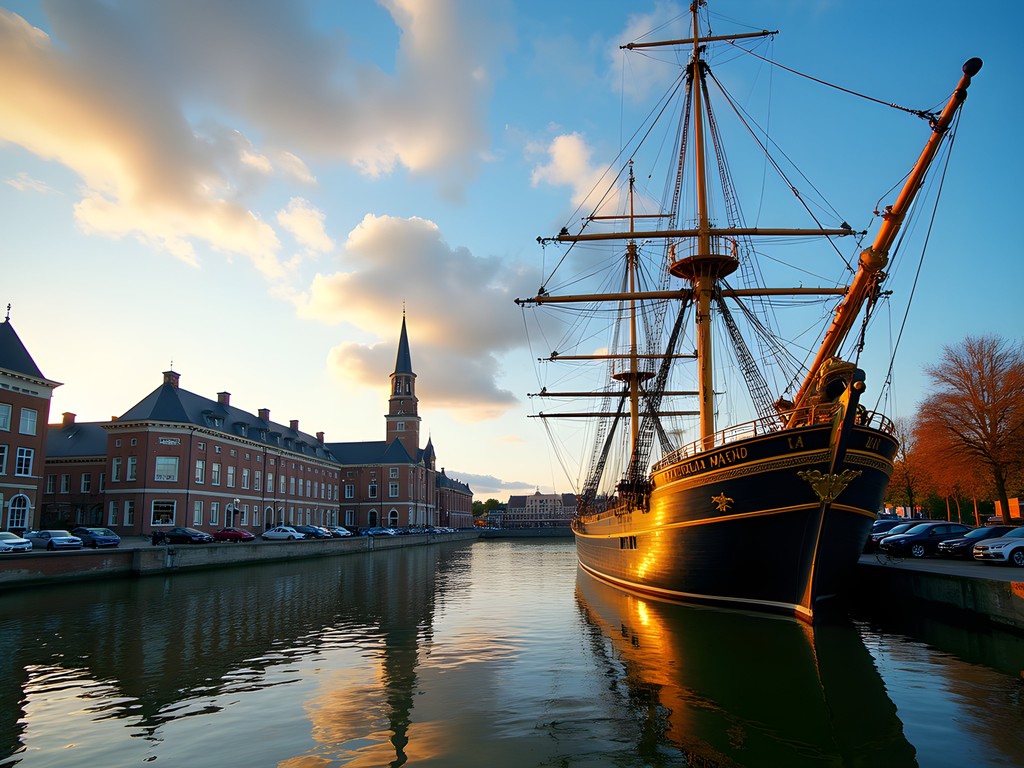
💡 Pro Tips
- Purchase museum tickets online at least two weeks in advance to avoid queues
- Consider the Museumkaart if visiting three or more museums
- For Vuurtoreneiland, book at least a month ahead and dress warmly even in summer—the breeze off the water can be chilly
Days 5-6: Transition to Stockholm's Archipelago
On day five, chart a course for Stockholm. Direct flights from Amsterdam take about two hours—I recommend booking a mid-morning departure to maximize your first day in Sweden's capital. The approach to Stockholm's Arlanda Airport offers a stunning preview of what awaits: countless islands dotting the waters below like stepping stones across the Baltic.
Stockholm presents a different relationship with water than Amsterdam. While Amsterdam imposed geometric order on its waterways, Stockholm embraces the natural archipelago, building around and between its 14 islands. I chose to stay at the Grand Hôtel, positioned perfectly along the waterfront with views of the Royal Palace and Gamla Stan (Old Town) across the water.
Use your arrival afternoon for a gentle orientation. The hotel provided a waterproof map that proved invaluable throughout my stay. I recommend walking along Strandvägen, the elegant waterfront boulevard, before taking a ferry to Djurgården island. This former royal hunting ground now houses several museums, but on this first evening, simply enjoy the walking paths and waterfront views.
For your sixth day, explore Gamla Stan, Stockholm's Old Town. Founded in 1252, this island forms the historic heart of the city. Its narrow, winding streets feel more like a medieval village than a capital city. As a marine biologist, I was particularly drawn to the Stockholm Bloodbath Monument at Stortorget square—not for its grim history, but for the remarkable fact that archaeologists used the same techniques we use for aging fish to determine the age of the victims' remains found nearby during excavations.
End your day with dinner at Oaxen Krog, a two-Michelin-star restaurant located on Djurgården in a former shipyard. Their Nordic cuisine focuses heavily on local, sustainable seafood—the langoustines were among the sweetest I've tasted outside of Scotland. Request a table by the window for views of boats passing in the harbor as the northern summer light lingers well into evening.

💡 Pro Tips
- Choose window seats on the right side of the plane when flying to Stockholm for the best archipelago views
- Purchase a 72-hour Stockholm Pass if you plan to visit multiple museums and attractions
- Stockholm's tap water is excellent—bring a reusable water bottle rather than buying plastic bottles
Days 7-8: Stockholm's Maritime Heritage
Stockholm's maritime heritage runs as deep as its waters, and days seven and eight should be dedicated to exploring this connection. Begin with the Vasa Museum, housing the world's only preserved 17th-century warship. When the Vasa was raised from Stockholm Harbor in 1961 after 333 years underwater, it revolutionized marine archaeology. As someone who's spent decades studying Great Lakes shipwrecks, I found myself moved to near tears by the preservation quality—95% of the ship is original material.
The museum is built around the ship, allowing you to view it from multiple angles and heights. Take your time here—the side exhibits explaining the conservation techniques are fascinating for anyone interested in marine preservation. I spent nearly four hours examining everything from the carved wooden figures to the artifacts found within the ship's hold.
For your afternoon, visit the adjacent Nordic Museum for context on Swedish maritime culture and traditions. The fisheries exhibits provide excellent insight into how Scandinavian coastal communities have sustainably harvested from the sea for centuries—practices we could learn from globally.
On day eight, experience Stockholm's archipelago firsthand with a full-day boat tour. I booked with Archipelago Tours, selecting their 'Grand Tour' option that visits both inhabited and uninhabited islands. The archipelago consists of approximately 30,000 islands and skerries, each with its own character. We stopped at Sandhamn, a sailing hub with distinctive red wooden houses, and Kymmendö, which inspired many of Strindberg's works.
For serious photographers, I recommend bringing a polarizing filter for your camera lens. The combination of water, sky, and traditional red cottages creates stunning compositions, but the water reflections can be better controlled with proper filtration. Our guide, Lars, a former Swedish coast guard officer, provided fascinating commentary on the changing ecology of the Baltic Sea—a sobering reminder of how climate change affects even these northern waters.

💡 Pro Tips
- Arrive at the Vasa Museum within the first hour of opening to avoid the largest crowds
- Book archipelago tours at least 3 days in advance during summer high season
- Bring layers for archipelago boat trips—the temperature on water can be 10°F cooler than in the city
Days 9-10: Modern Nordic Design and Departure
As your journey begins to ebb, dedicate day nine to exploring Stockholm's renowned design sensibility. Begin at Fotografiska, the photography museum housed in a former customs house on the waterfront. The building itself is an architectural landmark, but the rotating exhibitions inside often feature marine and environmental photography that speaks to my professional interests. During my visit, an exhibit on Baltic Sea conservation presented underwater imagery that rivaled anything I've captured in my career.
Afterward, take the ferry to Södermalm, once a working-class district now transformed into Stockholm's hippest neighborhood. The SoFo area (south of Folkungagatan) houses independent boutiques and design shops where you can find everything from handcrafted wooden items to modern Swedish textiles. I purchased a travel journal with handmade marbled paper covers from Papercut, a shop that would feel equally at home in Brooklyn or Berlin.
For lunch, visit Pelikan, a traditional Swedish restaurant dating from 1733. Their herring plate offers five different preparations of this quintessential Nordic fish—the mustard herring particularly impressed me with its balance of sweetness and pungency.
On your final evening, treat yourselves to dinner at Frantzén, one of only two three-Michelin-star restaurants in Sweden. The 10-course tasting menu is a journey through Nordic ingredients presented with Japanese precision—much like navigating through complex waters, each turn reveals new discoveries. Reserve at least two months in advance for this extraordinary culinary experience.
For your departure day, schedule a late afternoon flight to allow for a final morning exploration. I recommend visiting Fjäderholmarna, the closest archipelago islands to the city center. Just a 25-minute ferry ride from Nybrokajen in central Stockholm, these small islands offer artisan workshops and a final taste of archipelago life before returning to the mainland. Watch glassblowers and potters at work, many creating pieces inspired by the surrounding maritime environment.
As my seaplane lifted off from Stockholm's waters, banking over the archipelago I'd spent days exploring, I felt that familiar bittersweet sensation that accompanies the end of any meaningful voyage—satisfaction at waters well-navigated, combined with the pull to return and explore the depths I'd only just begun to fathom.
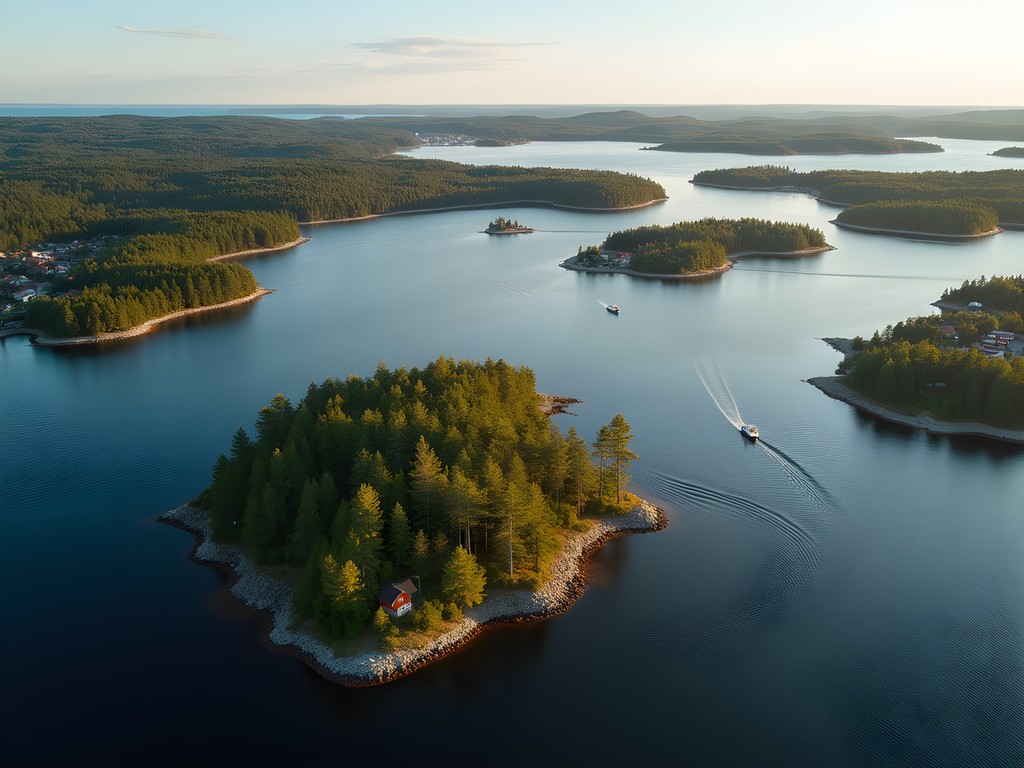
💡 Pro Tips
- Book Fotografiska tickets online and visit in the morning when lighting is best for viewing the exhibitions
- Stockholm's design district shops often close early (around 6 PM) even in summer
- Allow at least 3 hours at Arlanda Airport for departure—security lines can be lengthy during summer season
Final Thoughts
Amsterdam and Stockholm—two northern capitals with water flowing through their veins, yet each with its own distinct pulse. Amsterdam's canals speak of human ingenuity and Golden Age commerce, while Stockholm's archipelago whispers tales of nature's artistry and maritime resilience. Together, they offer couples a perfect harmony of cultural immersion and natural wonder. As I've navigated the world's waters over my six decades, I've found that the most meaningful journeys are those that connect us to both human history and natural systems. This northern European pairing does precisely that, allowing you to float between centuries and ecosystems with ease. Whether you're charting your own course or following this itinerary like a well-marked channel, may your journey through these northern waters bring you the same sense of discovery and renewal that I found. After all, isn't that why we travel—to let new waters reshape our shores?
✨ Key Takeaways
- Plan museum visits for early mornings to avoid crowds and experience exhibits in optimal lighting
- Book special experiences (Vuurtoreneiland, archipelago tours, fine dining) well in advance, especially during summer months
- Allow time for unstructured wandering along waterways in both cities—some of the best discoveries happen when you drift off the charted course
📋 Practical Information
Best Time to Visit
May through September, with June-August offering longest daylight hours
Budget Estimate
$5,000-$7,000 per couple for 10 days excluding flights
Recommended Duration
10-12 days (4-5 days in each city plus travel day)
Difficulty Level
Moderate
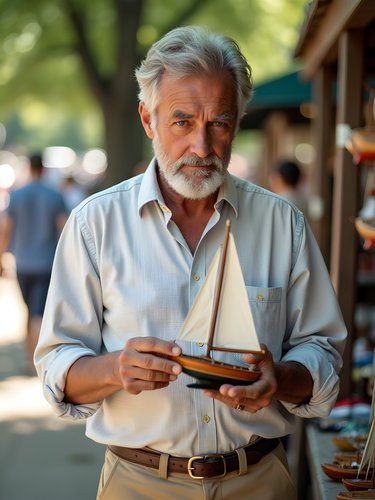

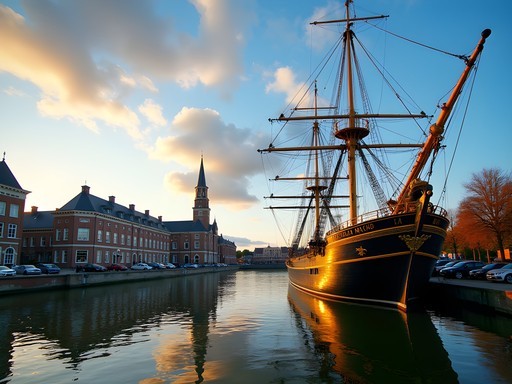


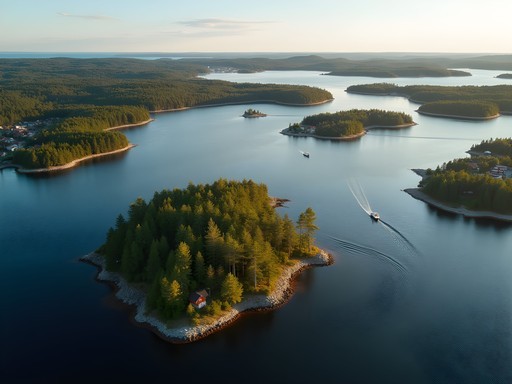


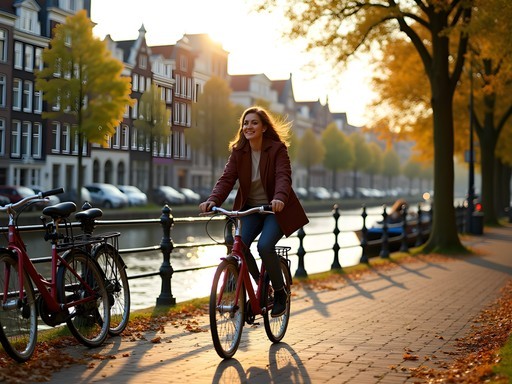



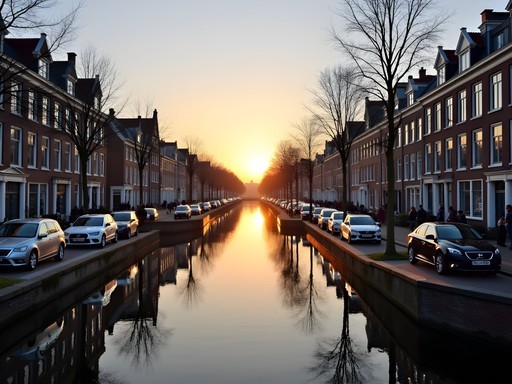
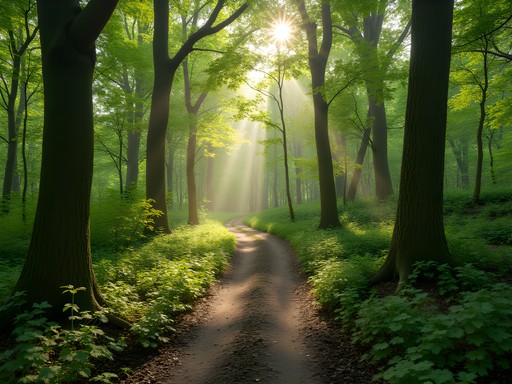


Comments
coffeediver
Would you recommend renting bikes in both cities or just Amsterdam?
Michael Dixon
Great question! Definitely Amsterdam - it's practically mandatory! Stockholm is more spread out across islands, so I found public transit and walking worked better there. The ferry system in Stockholm is part of the experience anyway!
happyexplorer5001
Totally agree with Michael. Amsterdam's bike culture is amazing but be prepared - locals don't mess around! They have serious bike traffic jams during rush hour!
redbackpacker3450
Those canal house photos are amazing! Saved for my trip planning!
Douglas Bradley
Michael, your comparison of these two water-centric cities is spot on. What fascinates me is how differently each city interprets its relationship with water - Amsterdam's controlled canals versus Stockholm's wild archipelago. I'd add that winter travelers shouldn't discount these destinations either. I visited both cities last February and found a completely different but equally enchanting experience. Stockholm's frozen waterways become ice skating paths, and Amsterdam's museums are blissfully uncrowded. One thing I'd recommend adding to this itinerary is a visit to Amsterdam's NDSM Wharf - it's a former shipyard turned cultural hotspot that perfectly bridges the maritime histories you're exploring. I navigated both cities with my pocket guide which had excellent walking tours for both cities.
happychamp
Going to Amsterdam in October - is it too cold for the canal tours then?
Douglas Bradley
Not at all! October in Amsterdam is actually lovely - most canal boats have covered sections and many offer blankets. The autumn light on the canals is spectacular for photos. Just bring a good jacket and you'll be fine!
sunnychamp
We did the public transportation in both cities too and it was great! So easy to navigate.
exploremood
Love this split city idea! Would you recommend more days in Amsterdam or Stockholm if you had to choose? Planning my trip now and can't decide which deserves more time!
Jean Wells
Not the author, but I'd give Stockholm an extra day if you enjoy museums and architecture. Amsterdam is more compact and walkable, so you can see the highlights in less time. Both are wonderful though!
exploremood
Thanks Jean! That's super helpful. Stockholm it is!
happyexplorer5001
Just got back from Amsterdam last month and this post makes me want to book Stockholm immediately! Those canal photos are absolutely stunning. Did you really manage to see all those museums in just 4 days in Amsterdam?! I spent a week there and still felt like I barely scratched the surface!
Jean Wells
Having visited both cities multiple times over the past decade, I appreciate how you've balanced the itinerary between historical sites and local experiences. One element I might suggest for travelers is to consider seasonal timing carefully. Stockholm in particular transforms dramatically between seasons - summer brings those magical long evenings perfect for waterfront dining, while winter offers a completely different charm with snow-dusted Gamla Stan. I found the public transportation in both cities exceptionally efficient, though I'd recommend getting the city card if you're planning to visit multiple museums. The Maritime Museum you mentioned was a highlight of my last visit.
sunnymate
Going to Amsterdam next month! Any food recommendations?
sunnychamp
Try the stroopwafels from street vendors! So good when they're fresh and warm.
mountainphotographer
This itinerary brings back so many memories! Did the Amsterdam canal tour at sunset last year and it was magical. The way the light hits those narrow houses along the water is a photographer's dream. Did you find the Stockholm archipelago cruise worth it? Considering adding that to my trip next spring.
Michael Dixon
Absolutely worth it! The archipelago cruise gives you perspectives of Stockholm you simply can't get from land. Try to go on a weekday if possible - much less crowded.
mountainphotographer
Thanks for the tip! Weekday it is.
Venture X
Premium card with 2X miles, $300 travel credit, Priority Pass